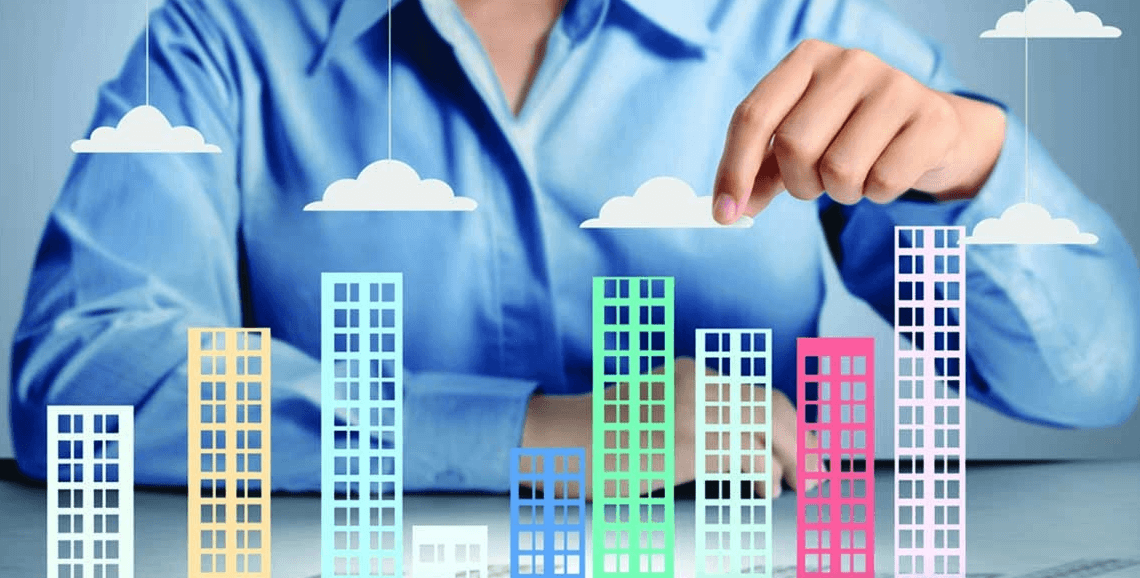Introduction
As people increasingly seek environments that promote healthier and more balanced lifestyles, wellness developers are redefining the real estate landscape. These developers specialize in projects that integrate wellness-focused features into every aspect of design, from architecture and amenities to community planning. By prioritizing physical, mental, and emotional well-being, wellness developers are creating homes and communities that go beyond shelter to support holistic living.
Wellness developers design projects that embody the principles of healthy living. Homes are often built with natural light, good ventilation, and ergonomic layouts to enhance comfort and reduce stress. Materials used in construction are carefully selected to minimize toxins, while spaces are designed to encourage calmness, mindfulness, and productivity. This attention to detail ensures that residents experience daily living as both restorative and inspiring.
A defining feature of wellness developments is their integration of amenities that support healthy lifestyles. Fitness centers, yoga studios, meditation gardens, jogging trails, and wellness spas are common inclusions, providing residents with access to both physical activity and relaxation within their communities. Developers also integrate green spaces and water features, recognizing the therapeutic benefits of nature in improving mental health and overall well-being.
Nutrition and sustainability are often woven into wellness communities. Many projects include farm-to-table concepts, community gardens, and organic markets that encourage healthier eating habits. At the same time, eco-friendly building practices and renewable energy systems reflect a commitment to sustainable living, aligning wellness with environmental responsibility.
Location strategy is equally important for wellness developers. Properties are often situated in serene environments such as coastal areas, mountain retreats, or suburban enclaves, where residents can escape the noise and stress of dense urban centers. However, accessibility to essential services like healthcare facilities and transport systems is maintained to balance tranquility with convenience.
Technology also plays a role in wellness-focused living. Smart home features that monitor air quality, energy use, and security contribute to healthier, safer environments. Developers increasingly adopt innovative solutions that merge wellness principles with modern living, creating future-ready communities designed to adapt to evolving lifestyle needs.
From an investment perspective, wellness developments present strong long-term potential. With a growing global emphasis on health and self-care, demand for wellness-centered housing continues to rise. Investors and homeowners alike view these properties as valuable assets that not only enhance quality of life but also retain strong market appeal.
Conclusion
Wellness developers are reshaping real estate by creating communities that nurture the body, mind, and spirit. Through thoughtful design, sustainable practices, and wellness-centered amenities, they provide environments where people can thrive in every aspect of life. As the demand for health-focused living grows, wellness developers will remain at the forefront of building homes that truly support holistic well-being.




